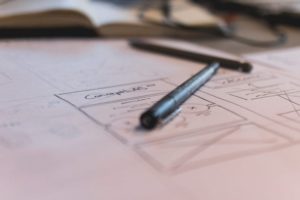BioCatch has patented a mobile authentication technique that verifies the identity of a user based on the way they interact with their mobile device. The company now has a total of 57 US patents, including two others that were granted in the past month alone.

According to BioCatch, the newly patented system will help financial institutions combat high rates of mobile fraud. As it stands, mobile fraud accounts for roughly half of all of the fraud experienced by BioCatch customers, creating an urgent need for strong security solutions as banks scramble to attract new users with convenient mobile and remote banking options.
BioCatch believes that its Account Takeover Protection for Mobile offering will help fill that void. The solution uses factors like the way a device is held or the way in which someone enters information to build a unique behavioral profile for each user. From there, it will analyze subsequent digital banking sessions to watch for any anomalous behavior. For example, if the user is hesitating more than usual, it could indicate that a fraudster is on the line and is trying to lure them into a fraudulent transaction.
In that regard, the solution will do for mobile devices what BioCatch’s current behavioral biometrics portfolio already does for traditional computers. The solution will generate a risk score for each session, and step in to stop the transaction if that score is too high.
“We continue to enhance our platform and find new ways to protect financial institutions and their customers from fraud and cybercrime,” said BioCatch Founder, CTO, and Business Development VP Avi Turgeman. “Surpassing 50 patents is a major milestone and a testament to our innovative strength and leadership in the industry. We have a very strong IP portfolio in the behavioral space and in the cybersecurity field, and we intend to continue to expand it to address the needs of our customers and to help protect consumers.”
BioCatch has previously patented similar mobile authentication systems that verify users based on accelerometer readings and touchscreen interactions. Those patents have also covered cloud applications of the technology.
–
(Originally posted on FindBiometrics)

Follow Us